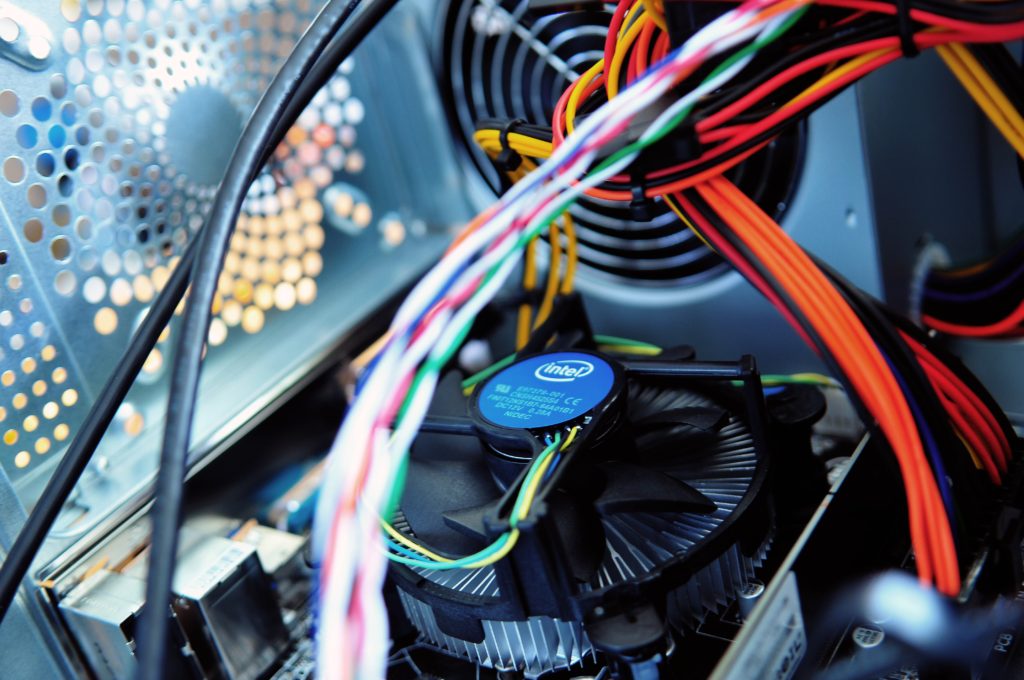Computers enjoy working in a stable environment that is not too hot. To do this, PC components have precautions installed to prevent them from overheating. Your processor and video card can monitor the amount of heat being generated while in use, and will throttle the amount of power used to maintain a stable temperature. Additionally, your motherboard has temperature probes which are used to adjust fans inside your case to maintain a stable internal temperature.
Yet even with all these precautions installed, PCs can still overheat. Overheating PCs can cause failure in some components or dramatically lower the performance of the PC.
HWMonitor is a third party software that can read your system’s temperatures so that you can find out how hot your PC really is. HWMonitor is a quick and easy Windows program that can provide you with your readings. It should be noted, however, at times, HWMonitor’s readings may be incorrect. For the best and most accurate temperature readings, it is best to check your PC’s BIOS.
1. First, make your way to the publisher’s website of HWMonitor: HWMonitor CPUID – System & hardware benchmark, monitoring, reporting
2. Next, towards the bottom of the website underneath the Download area, select to download the Zip – English version of HWMonitor.
3. Click the purple Download Now! Button.
4. When asked to open, save, or save as, select save as and save the zipped folder to your desktop. Note: Some browsers will automatically begin to download the file and save the contents in your Downloads folder.
5. Once downloaded, extract the contents of the zip folder by right clicking on the folder and selecting Extract All…
6. In the unzipped folder, launch the appropriate version for your system. To check whether you are running a 32bit or 64bit machine, visit this website here.
7. With HWMonitor running, you will now be able to see all major temperatures and fans running inside your PC.
8. If you are posting this on a technical support website, then ensure that HWMonitor is expanded so that all of the content is showing.
9. Allow HWMonitor to run while the PC is at an idle state. After about five minutes of running at idle, take a screenshot of the program and save it to your desktop.
10. Now allow HWMonitor to run while gaming or performing heavy processing work for about five minutes. Then take a second screenshot of HWMonitor and save it to your desktop.
11. In the next reply to your thread, include both screenshots of your PC at idle and running heavy processing work.
12. If you are having trouble posting screenshots, please follow this guide here.
© 2014 Justin Vendette





2 Comments
I heard the pope reads this site.